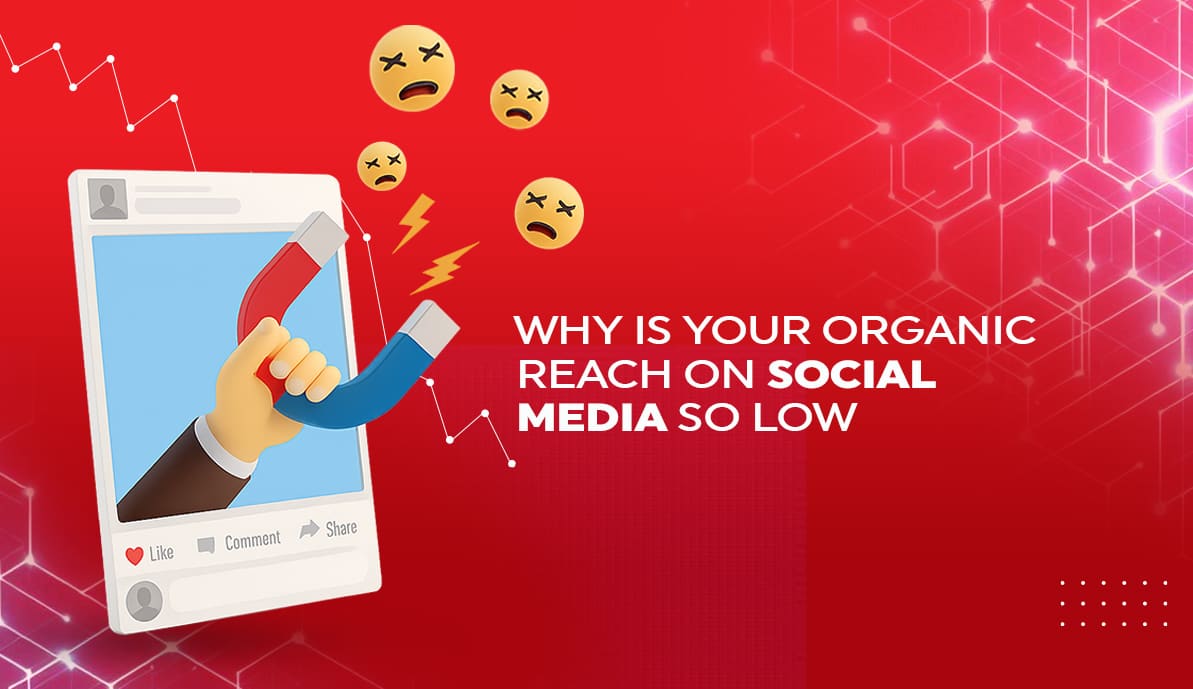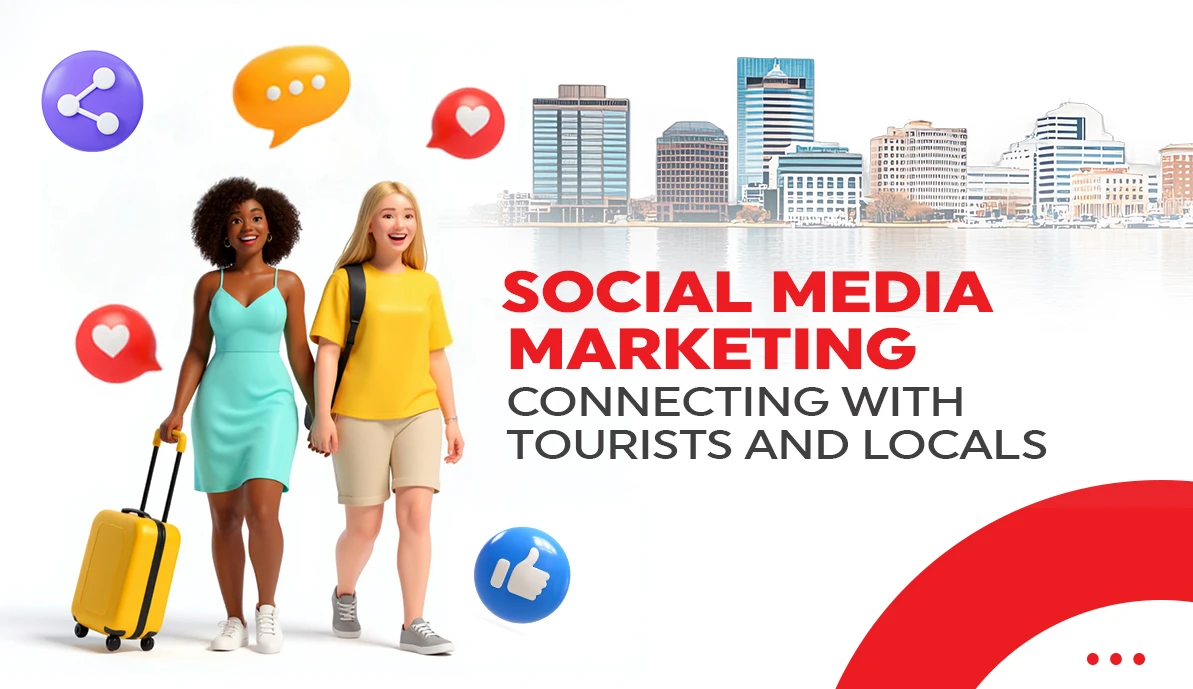Social media platforms were once goldmines for free visibility. Brands could post, connect, and gain traction without paying a cent. But over the past few years, organic reach has dramatically declined. This shift is not random. It is a calculated evolution shaped by platform algorithms, user behavior, and market saturation. Businesses are left wondering why their content does not perform like it used to, even when the quality remains high. To get that answer, you need to find out how social media really works in today’s digital ecosystem.
Reasons Your Social Media Organic Reach Is Low
Algorithmic Changes Favor Paid Content
Social media platforms are businesses, too. Their revenue comes largely from advertising. That’s why algorithms now favor paid posts over organic ones. Free posts are pushed down, while paid ones are highlighted across feeds.
Algorithms prioritize content based on engagement, relevance, and timeliness. Even high-quality posts can get buried if they don’t meet the right criteria in the first hour. If a post doesn’t immediately spark likes, shares, or comments, it disappears into the void. Businesses in competitive markets are turning to expert support like social media marketing in Orlando to navigate these changes and improve content visibility without always relying on paid ads.
Saturation of Content
Every minute, thousands of posts flood each platform. The average user scrolls through hundreds of updates in a single session. With so much content competing for attention, only the most engaging or algorithmically preferred pieces stand out.
This saturation makes it harder for your organic content to cut through the noise. Even loyal followers may not see your posts regularly because of this overflow. Custom-tailored strategies, content optimization, and the use of real-time analytics are essential.
Lack of Engagement Signals
Engagement is the fuel that powers visibility. Platforms track how users interact with content. If people aren’t commenting, sharing, or liking your posts, the algorithm assumes the content isn’t relevant. The issue may not lie in the content quality but in how it’s presented. Captions, posting time, CTAs, and visual elements matter. Many brands fail to encourage interaction, missing out on algorithmic boosts.
One effective solution is to build a community-driven approach. Responding to comments, encouraging conversations, and reposting user-generated content can increase your organic reach significantly.
Inconsistent Posting and Strategy
Posting sporadically sends a confusing signal to the algorithm. It assumes your brand is inactive or inconsistent. Without regular content, engagement drops, and so does reach.
A well-structured content calendar is more important than ever. Consistent posting keeps your brand in the algorithm’s favor and trains your audience to expect regular updates. Brands working with experts in social media marketing in Orlando, like Markethix, often benefit from streamlined scheduling tools and performance tracking that help maintain momentum.
Failure to Adapt Content for Platform Specifics
What works on Instagram might flop on LinkedIn. A carousel post may perform well on Facebook but gain zero traction on Twitter. Every platform favors specific formats. Ignoring platform preferences can hurt organic reach. For example, vertical videos are preferred on Instagram Reels and TikTok, while long-form thought pieces work better on LinkedIn.
A professional social media marketing agency in Florida often conducts platform-specific testing to discover what resonates best with the audience on each channel. This maximizes performance and ensures that posts aren’t wasted on the wrong format.
Not Using Hashtags and Keywords Strategically
Hashtags and keywords can dramatically increase discoverability, especially on Instagram, TikTok, and Twitter. But simply adding random or generic hashtags won’t work. They need to be relevant, well-researched, and tailored to each post.
Overuse or underuse can hurt your reach. Optimal use of 5 to 10 targeted hashtags often yields better results than stuffing 30 unrelated ones. Similarly, using trending hashtags when appropriate can place your content in high-traffic conversations. Brands that track hashtag performance across campaigns often outperform those that don’t.
Lack of Video and Interactive Content
The modern social media user prefers dynamic experiences. Videos, polls, live sessions, and interactive stories hold attention better than static images or text posts. Platforms prioritize these content types. Facebook Live videos, Instagram Stories, and YouTube Shorts all enjoy better visibility because they align with platform goals.
If your brand still leans heavily on static content, you’re likely falling behind. Refreshing your content strategy to include short-form video, Q&A sessions, and audience polls can revive stagnant reach.
Ignoring Analytics and Feedback
Without data, you’re guessing. Most social media platforms offer detailed analytics dashboards. These tools reveal what content performs well, when your audience is most active, and which formats drive engagement.
Failing to review these metrics leads to repeated mistakes. If a particular content type isn’t working, continuing with it out of habit only worsens performance. Strategic tweaks based on data make a measurable difference.
The Bottom Line
Organic reach is not dead. But it’s no longer effortless. Declining visibility is the result of algorithm evolution, content saturation, and user expectations. Success on social media today requires more than just good content. It demands strategy, consistency, and adaptation. Businesses that take time to understand how platforms function and what their audiences want can still win the organic game. The rules may have changed, but the opportunities are still there for those ready to evolve.






0 Comments